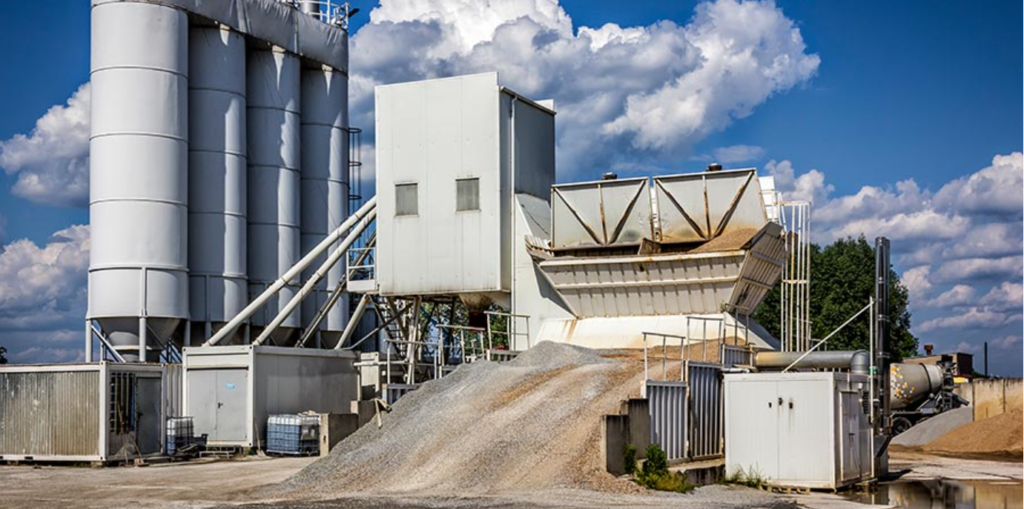Hot Weather Concreting Practices for Concrete Producers

Concrete producers are well aware of the difficulty of delivering, handling, placing, finishing and curing concrete, especially during the hot summer months. While producers work hard to keep concrete temperatures down and use concrete admixtures to minimize slump loss, there are still many things that can go wrong if precautions are not taken during hot weather.
The American Concrete Institute (ACI) states that conditions such as high ambient temperature, high concrete temperature, low relative humidity and high wind speed tend to impair the quality of freshly mixed or hardened concrete by accelerating the rate of moisture loss and rate of cement hydration, or otherwise causing detrimental results. For example, the combination of heat, wind and low humidity can cause water to evaporate too quickly from the surface of the concrete, leading to unattractive plastic shrinkage cracks. Fortunately, there are measures you can take to protect against these problems.
Concrete temperature. Every effort should be made to keep delivered concrete temperature as low as possible. ACI 305R states that concrete temperature can typically be reduced by 1°F (0.5°C) if any of the following happens:
- 8°F (4°C) reduction in cement temperature
- 4°F (2°C) reduction in water temperature
- 2°F (1°C) reduction in aggregate temperature
Since the greatest portion of concrete is aggregate, its temperature has the greatest impact on the concrete temperature. Shaded storage of aggregates and fog spraying of coarse aggregate with cool water can help lower aggregate temperatures. However, the wetting of aggregates can cause surface moisture variability, so moisture tests or the use of moisture probes are necessary for correct batch adjustments.
In extreme cases, the use of chilled water or even ice during the batching process may be necessary. Chilled water can reduce concrete temperature by up to 10°F (6°C) and ice can reduce temperature by as much as 20°F (12°C)
Retempering. Additional water, not to exceed the maximum allowable water content, may be added at the jobsite if the slump is less than the specified minimum. Adding chemical admixtures, such as high range water reducers, can be very effective in maintaining workability, without risk of exceeding the maximum water content specified.
Retarders & Hydration Stabilizers. Concrete naturally experiences slump loss over time due to ongoing cement hydration, especially in hot weather or during extended transport. This can lead to reduced workability, inconsistent placement, and the need for retempering or even costly rework. Set-retarding admixtures help slow the hydration process, maintaining slump and extending the workable life of the mix. Chryso®Recover® performs both as a set retarder and a hydration stabilizer, effectively controlling the rate of setting to keep concrete workable for longer periods. This helps ensure consistent quality, reduces waste, and improves overall efficiency on the job site—even in challenging conditions like long haul times or elevated temperatures.
Admixtures for flatwork. Hot, dry, or windy conditions demand concrete that performs reliably from placement through finishing. To address these challenges, Chryso® offers a wide range of admixture solutions tailored to improve workability, finishability, surface quality, and setting behavior—without undesirable retardation. These solutions help maintain optimal slump and prevent issues such as plastic shrinkage cracking or surface crusting. With enhanced control over the concrete’s performance, crews can place and finish the mix efficiently, allowing curing to begin before environmental conditions compromise surface integrity.
For more information on hot weather concreting, consult ACI 305R.





